PROCIOUS, W.Va. — The strange name of Twistabout Creek in the mountains of central West Virginia may still be a mystery, says a historian questioning a popular local origin story.
Cascading down from Twistabout Ridge to join the Elk River in a particularly scenic stretch, the uniquely named stream has been attracting the attention of kayakers in greater numbers.
According to some sources, the stream and ridge were named for the twisting nature of the stream near its mouth, but David Sibray, who also publishes West Virginia Explorer Magazine, questions that.
"The origin story doesn't make sense to me, and I think I have a good reason why," says Sibray, who is among the increasing number of kayakers paddling the lower Elk River in Clay and Kanawha counties.
"I think other kayakers exploring the river will also understand why."
The scenic lower Elk becomes a recreational destination
Seemingly forgotten by many West Virginians, the lower stretch of the Elk passed through a period of industrialization beginning in the late 1800s when gas, oil, and cannel coal were being drilled, mined, and processed in the region.
Though many anglers and hunters built camps along the river, its association with industry made it undesirable as a location for second homes, at least for many in nearby Charleston, which also experienced a long period of industrialization.
However, the river's fame as a scenic destination has returned in the past decade. Kayakers are paddling the river from its midway point near Sutton, West Virginia, and bikers and hikers are trekking a newly established trail that follows its winding course.
Dave Knight, who has established a kayak livery on the river at Clendenin, said kayaking commerce continues to grow along with the rail-trail and the newly established Elk River Trail State Park.
"Good things are happening up and down the Elk," says Knight, who says kayaking traffic has remained steady since 2020, when the park was established and the COVID-19 outbreak resulted in a marked increase in outdoor recreation.
Though recreation normalized the following year, he said, traffic on the trail and river has been sustained and appears ready to increase as the trail is extended.
Knight says paddlers, bikers, and hikers from the nearby Charleston and Huntington metropolitan areas account for a large part of the increasing tourist traffic. Still, outdoor enthusiasts from across the state and beyond are discovering the area.
The Twistabout section of the Elk is especially scenic
One of the most scenic stretches of the lower Elk is widely regarded as a section of about 15 miles, into which the aforementioned Twistabout Creek descends. No highway follows the river here—only a narrow one-lane road that passes quiet riverside camps.
Sibray believes this section of the river gives the ridge and creek the term "twist-about."
"It's only with the greatest possible reverence to local historians that I'm casting some doubt on the name origin as I've seen it recorded," he said.
"Twistabout Creek simply doesn't twist much, as near as I can tell—no more than any other creek in the state—but by-golly, the Elk River here sure twists. By my reckoning, it takes the river 15 miles to wander the six-mile distance from Hartland to Procious."
Sibray cited a passage from a booklet published by Hubert E. Dawson titled "Twistabout and Thereabout."
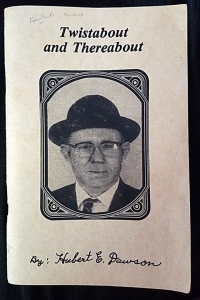
According to Dawson, the creek was so named for its winding character:
"As one comes up the Valley from the river, the creek is very narrow for about three-fourths of a mile. Then the valley gets wider, and there is a long and somewhat level bottom. As the creek flows down this bottom, it zig-zags and has cut channels, first from one hill and then across the bottom to the other hill, doing this very often. While doing this, the creek sometimes runs back up the valley for a short distance. This bottom is where and how the creek got its name."
Sibray thinks the name origin is a stretch, given the creek's current route, which is not nearly as curving as other creeks nearby.
"I've driven the creek and looked at the maps, and I'm not seeing it," he said. "I'll wager that the name, which I can't find in records before the early 1900s, was due to the creek providing a serviceable route for a road that circumvents the twists in the Elk River."
He said he hopes historians in the region can provide more information on the source of the name.
"I could be wrong and often am, but the name 'Twistabout' is so rare that I'm convinced it refers to the remarkable twists in the river rather than the creek."
In one sense, he hopes the name origin remains unsolved, he says. "I'd rather see this unsolved and debated for years to come because this magical stretch of river deserves the mystery."
Old legend of Strange Creek in West Virginia might never be confirmed
STRANGE CREEK, W.Va. — Too much time may have passed to confirm anything of the indomitable legend of Strange Creek, long among the most haunting tales in West Virginia history. Few travelers now pass through the old town by that name or ascend the stream that follows a winding course from the Elk River into the forests of central West Virginia. READ THE FULL STORY HERE.
Sign up to receive a free copy of West Virginia Explorer Magazine in your email weekly. Sign me up!
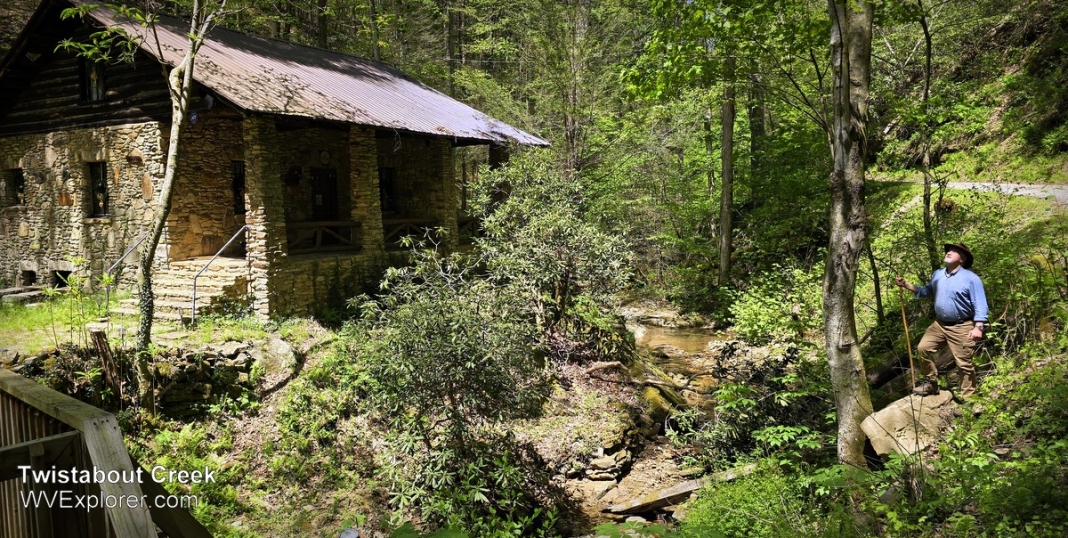
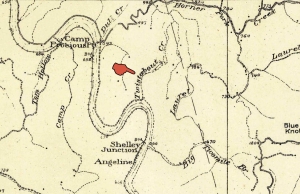
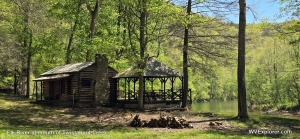
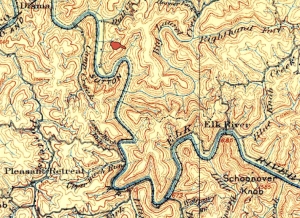
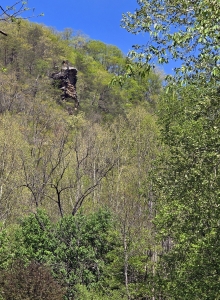

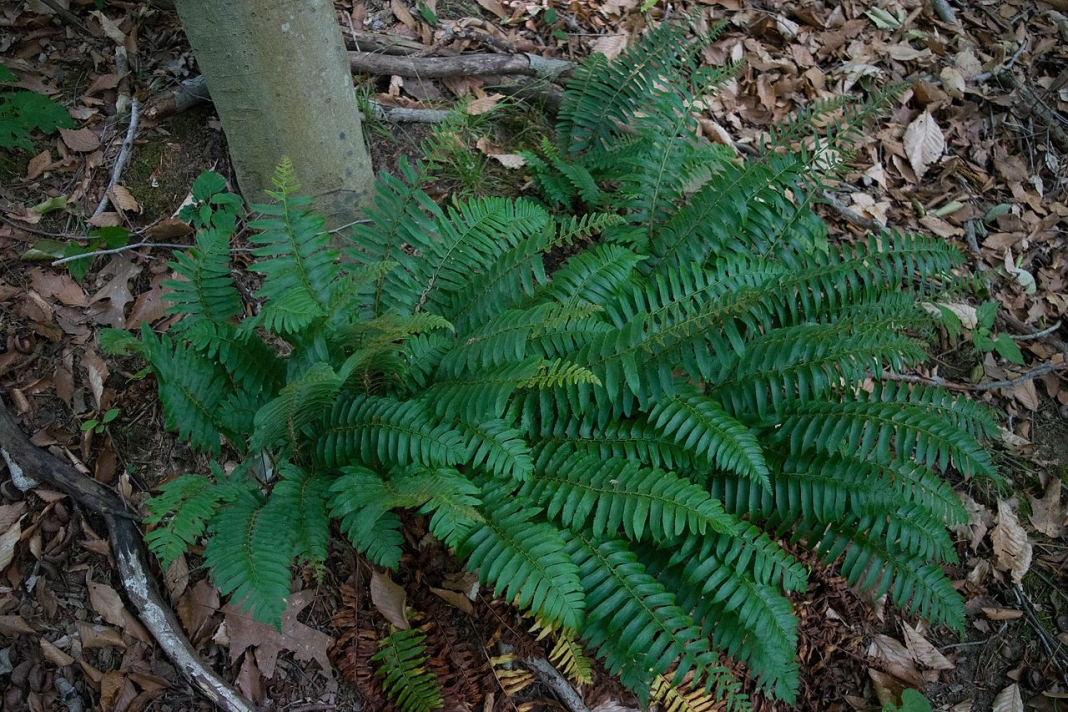
I’m from S.C. And frequently visit WVa. Mostly enjoying the scenic view, antique ‘s great friendly people, and riding the beautiful SXS trails. Thank you Tommy